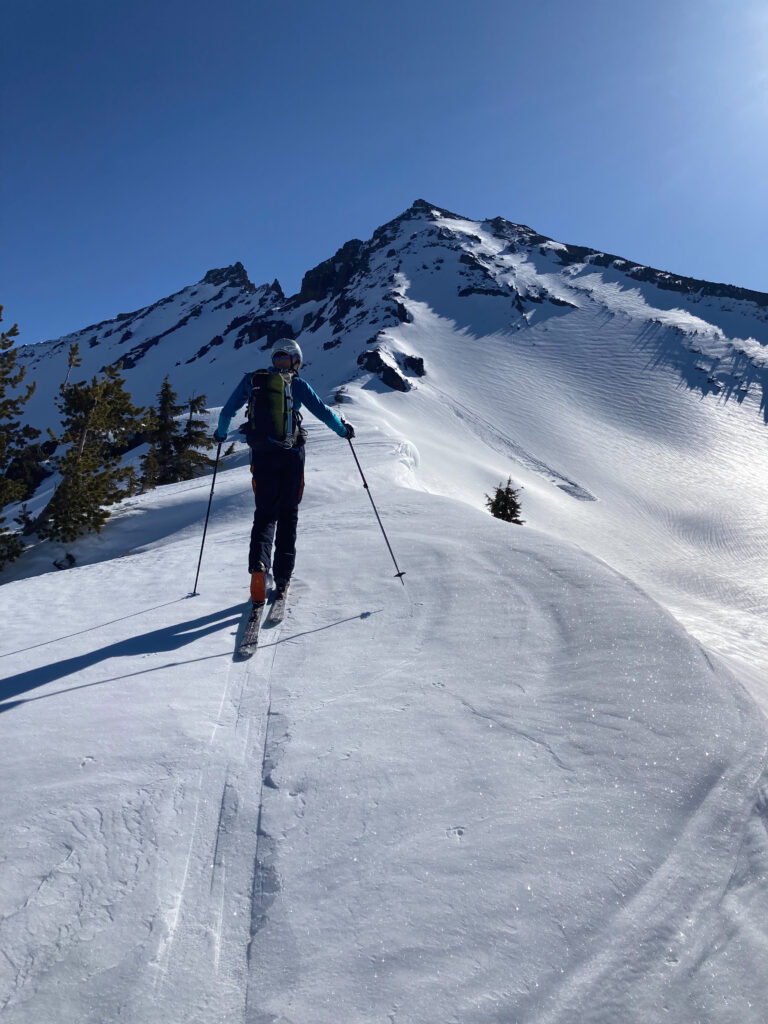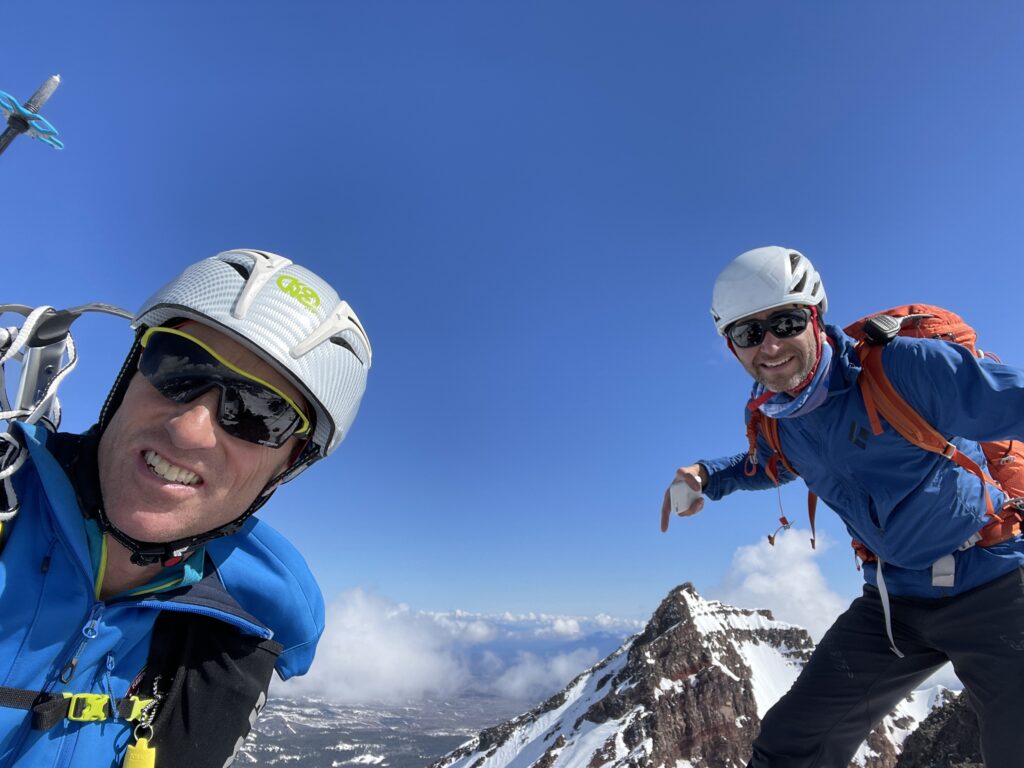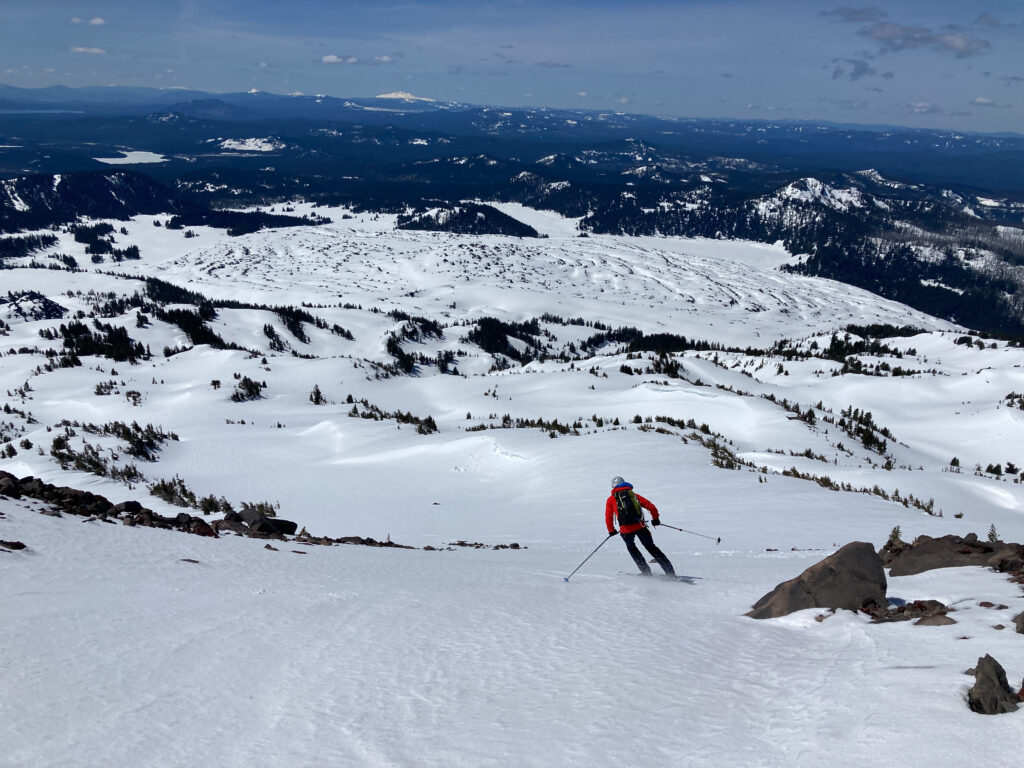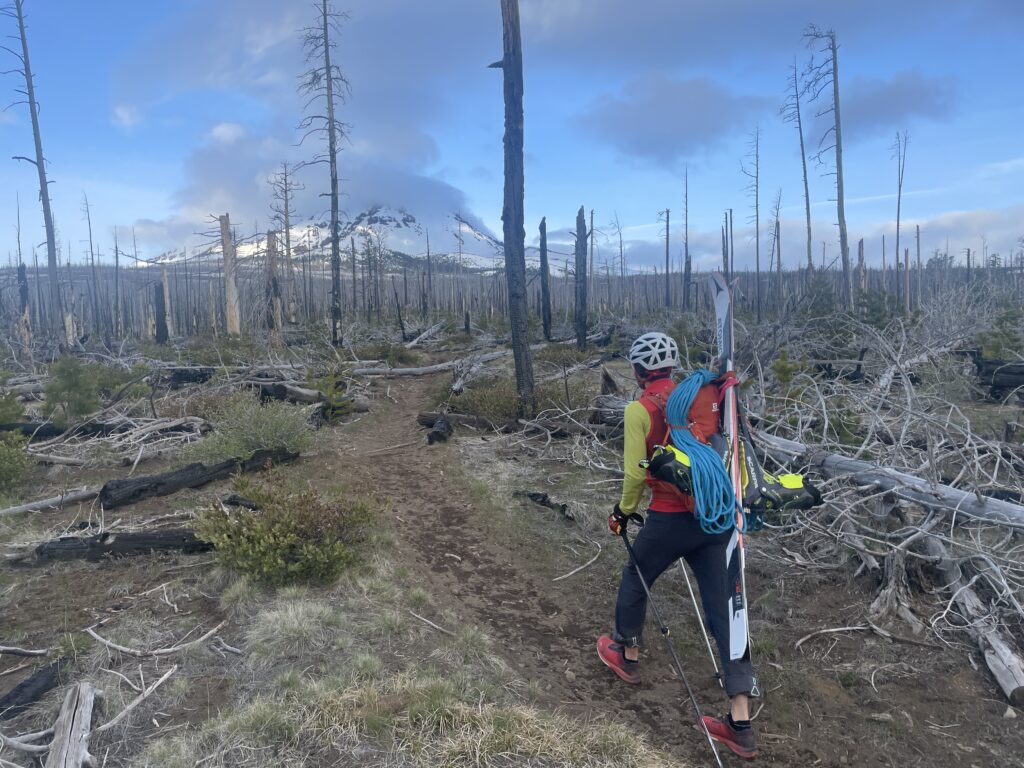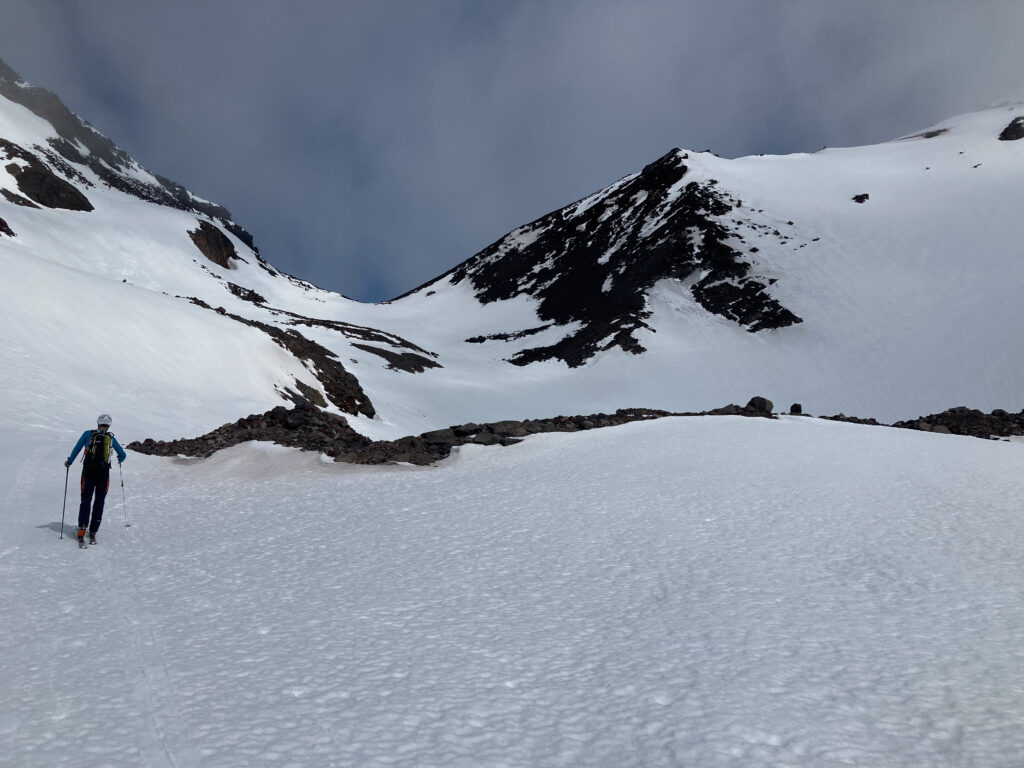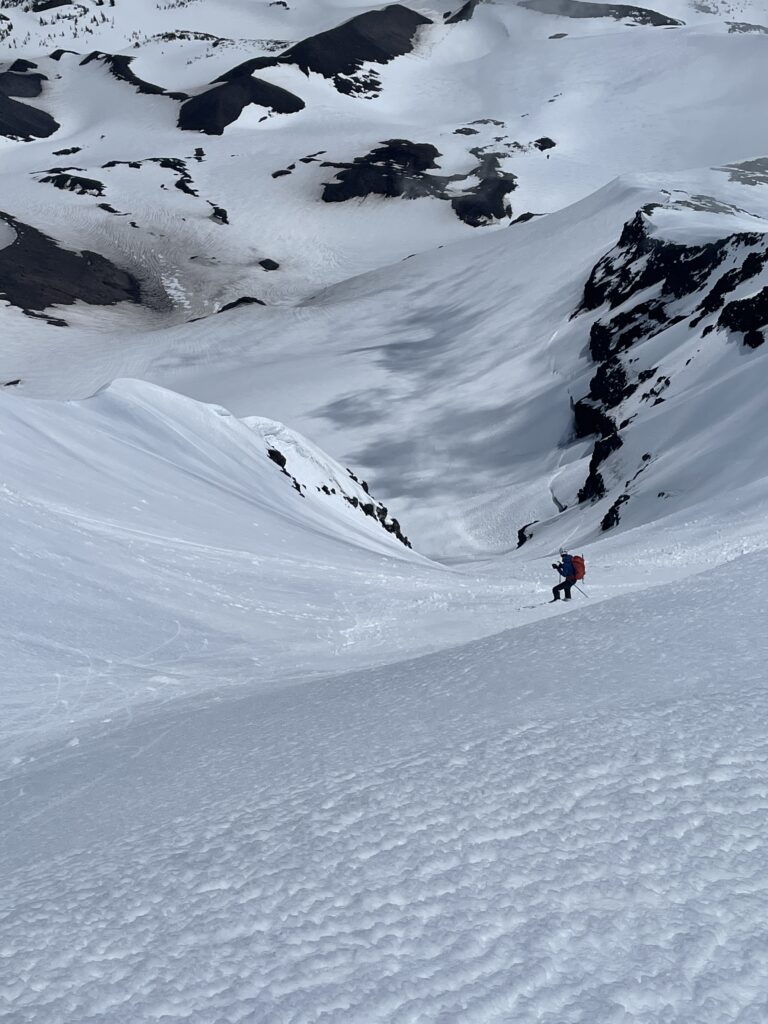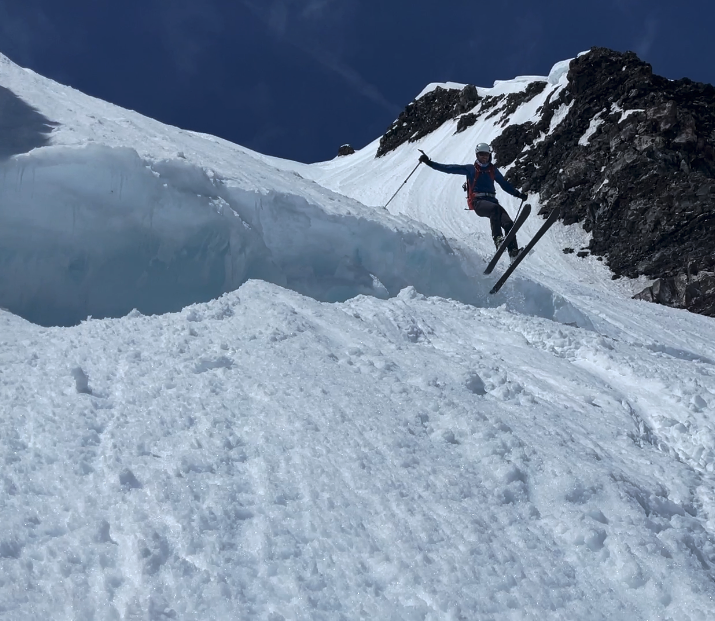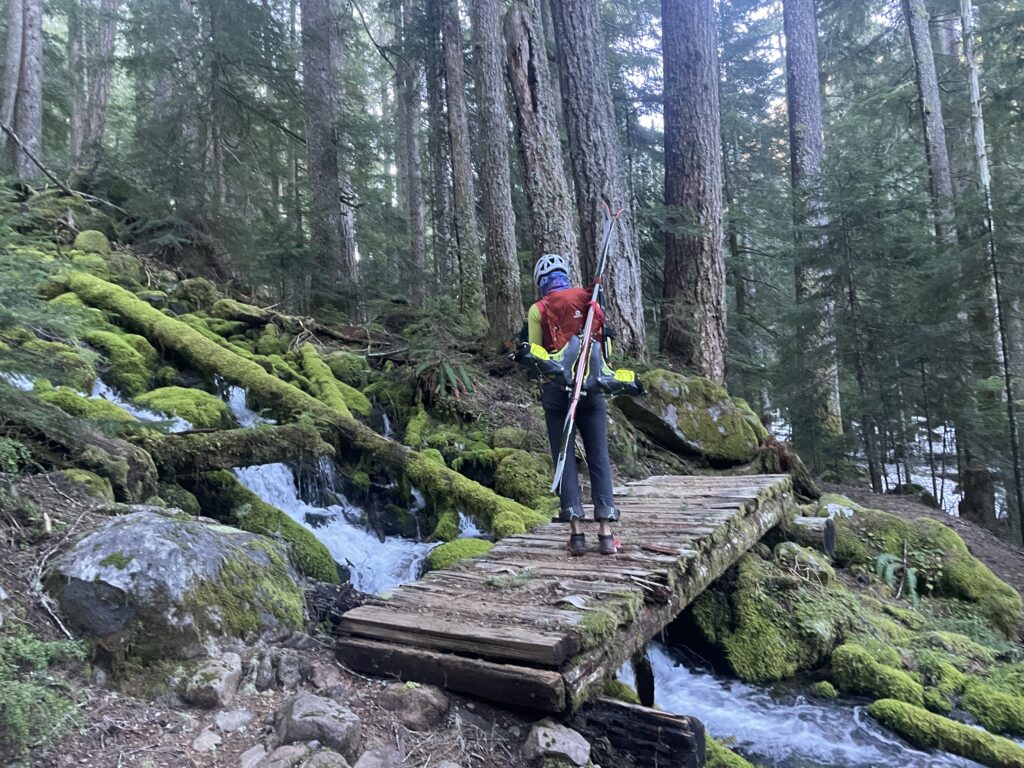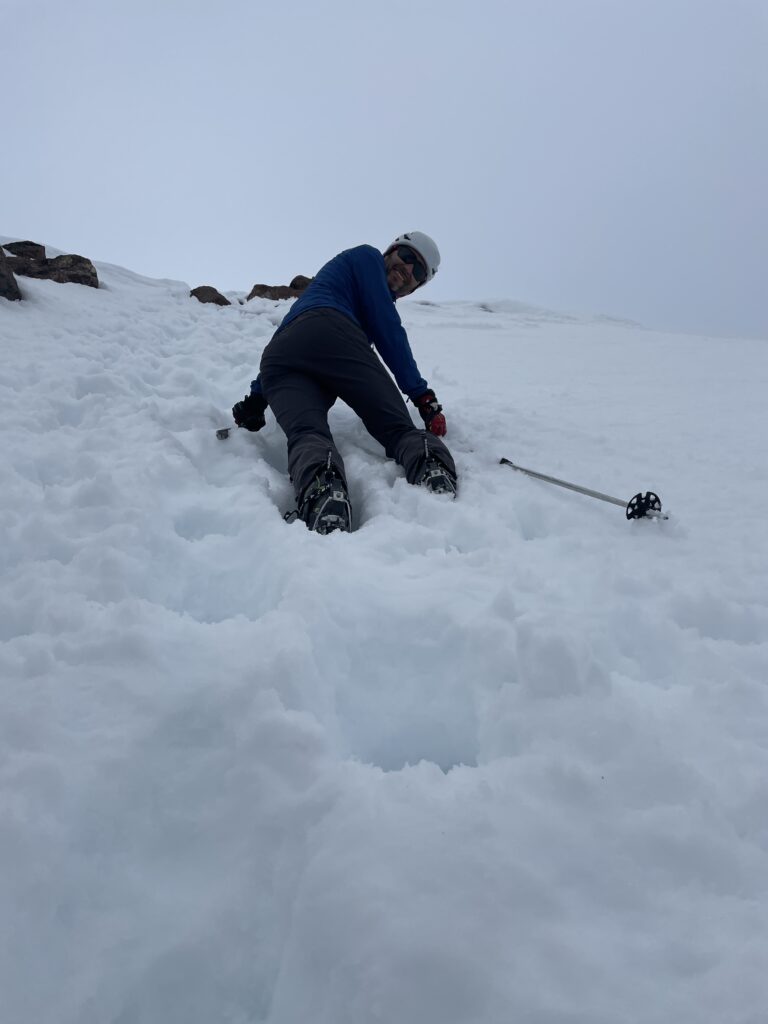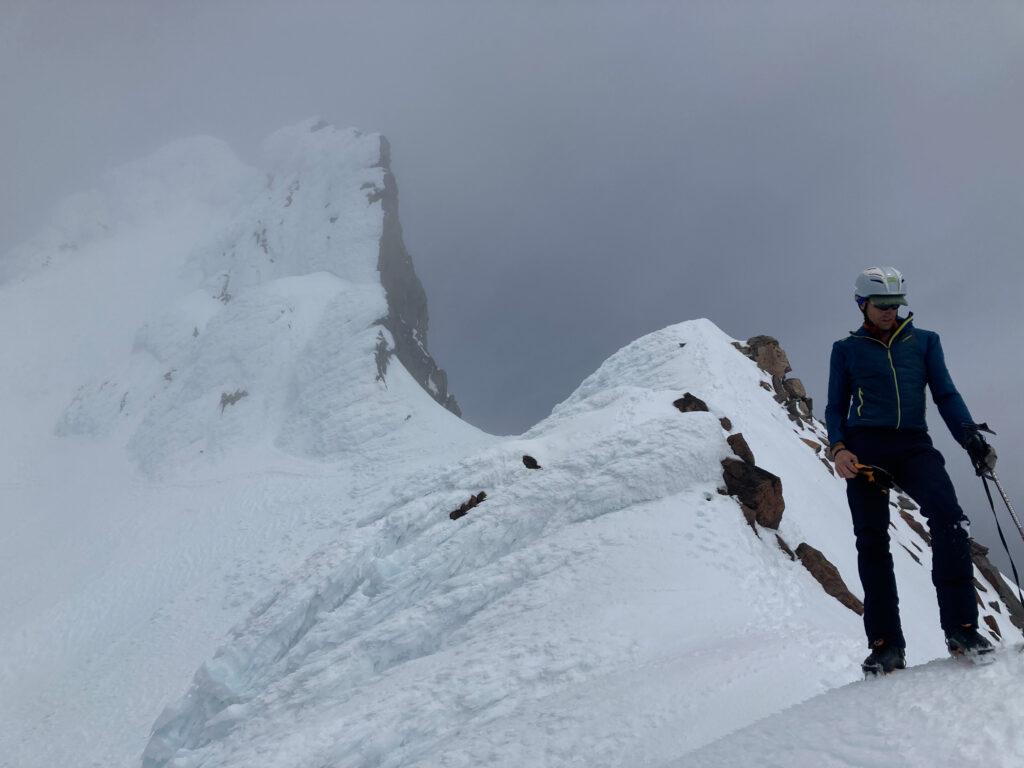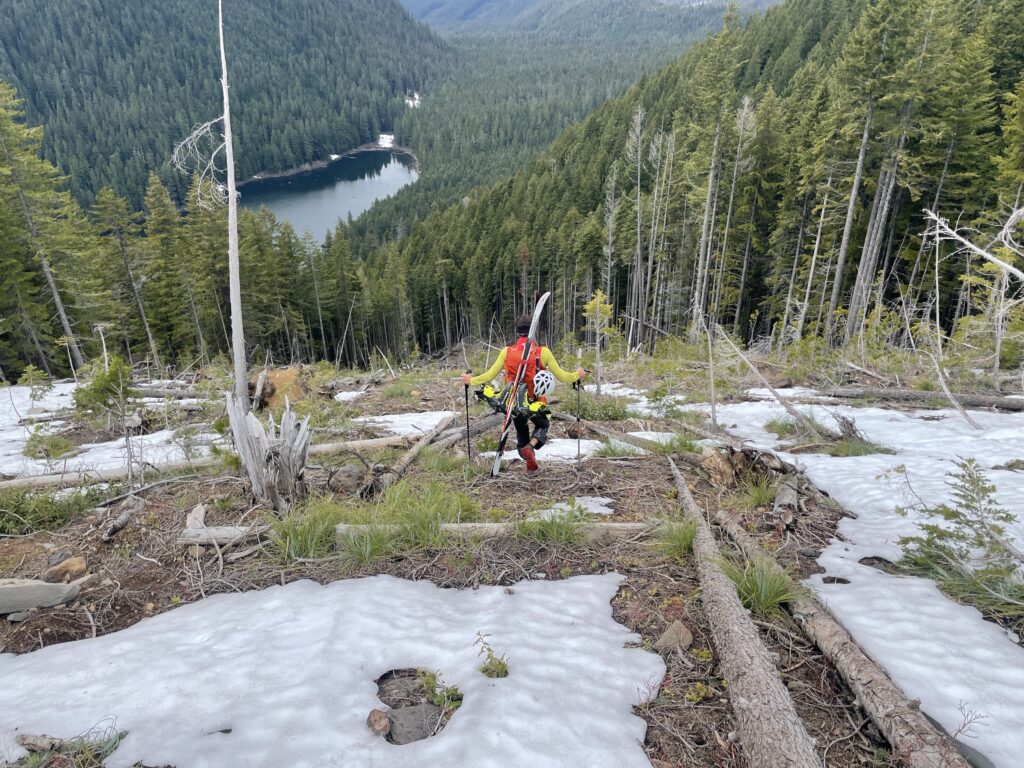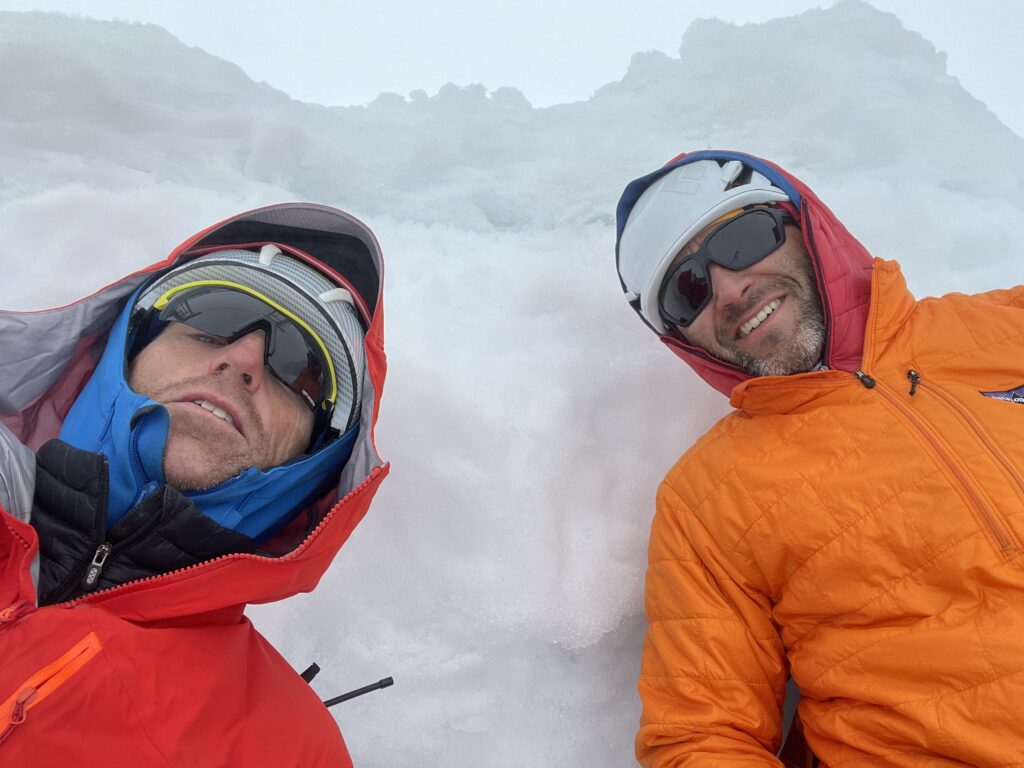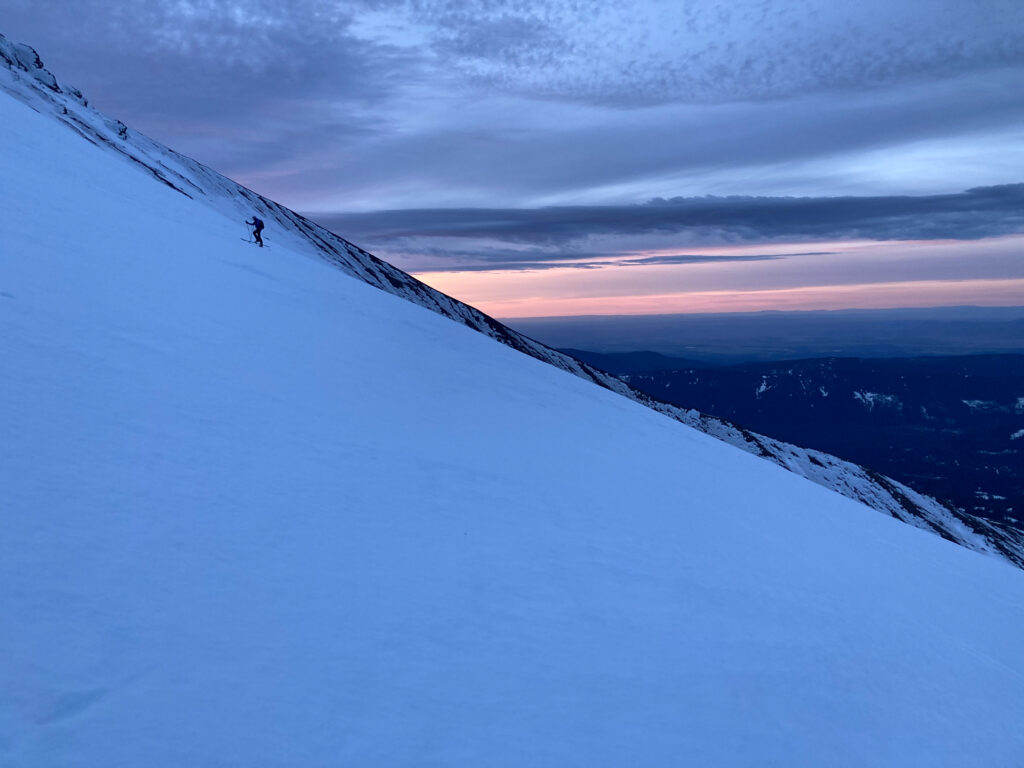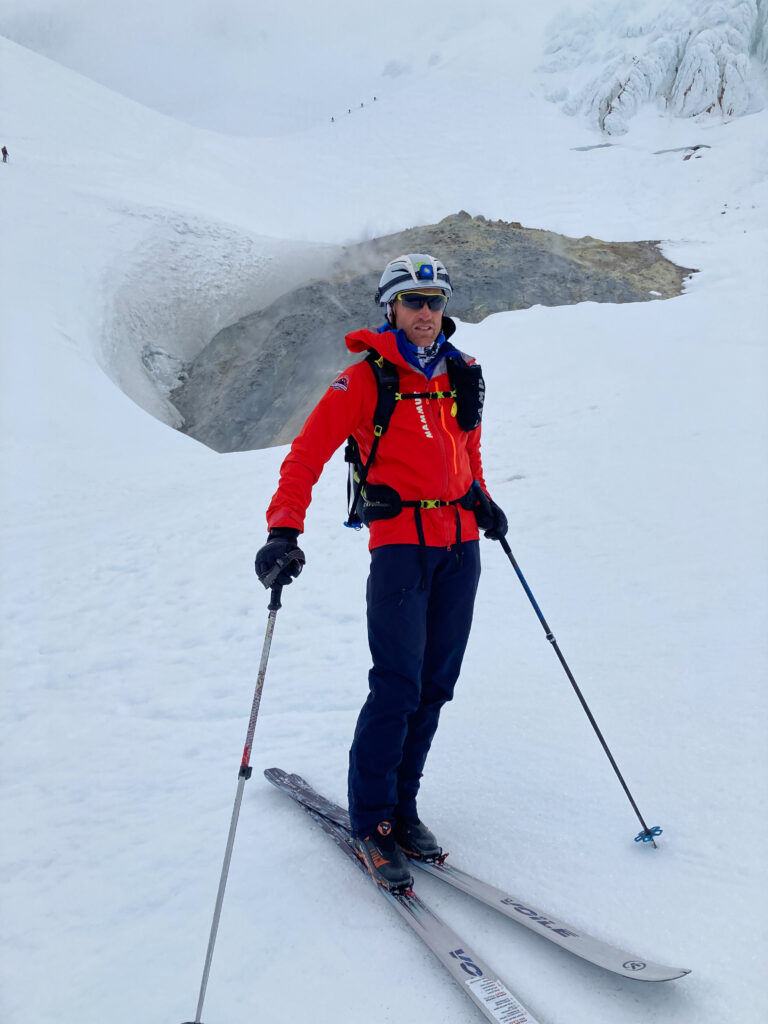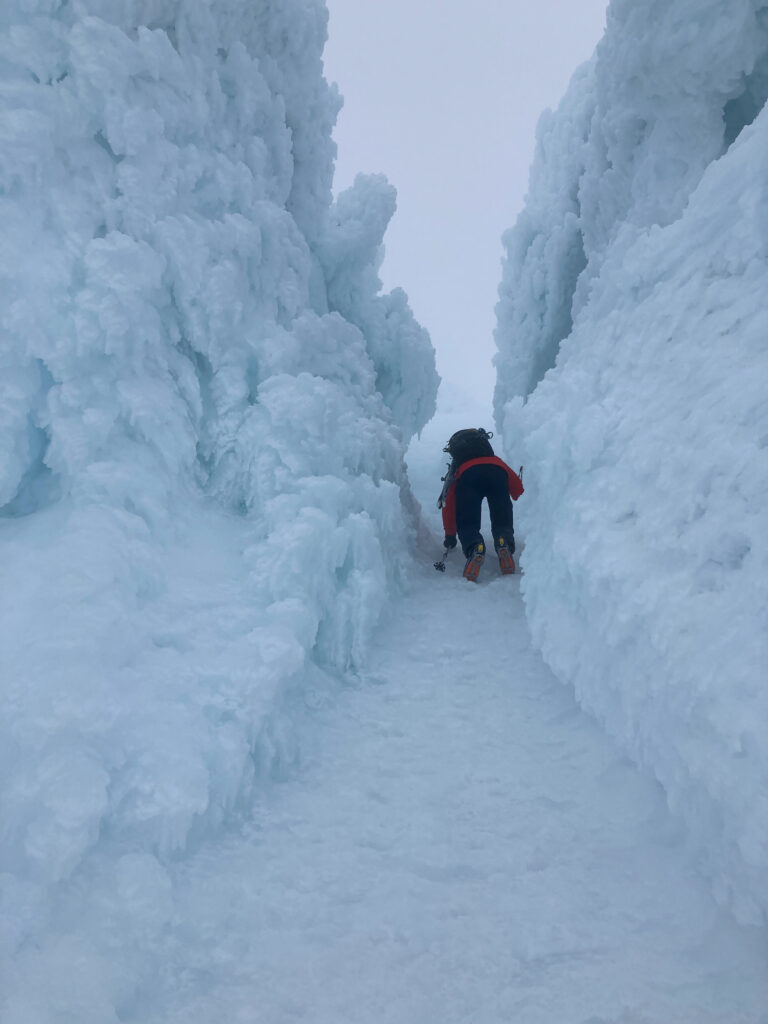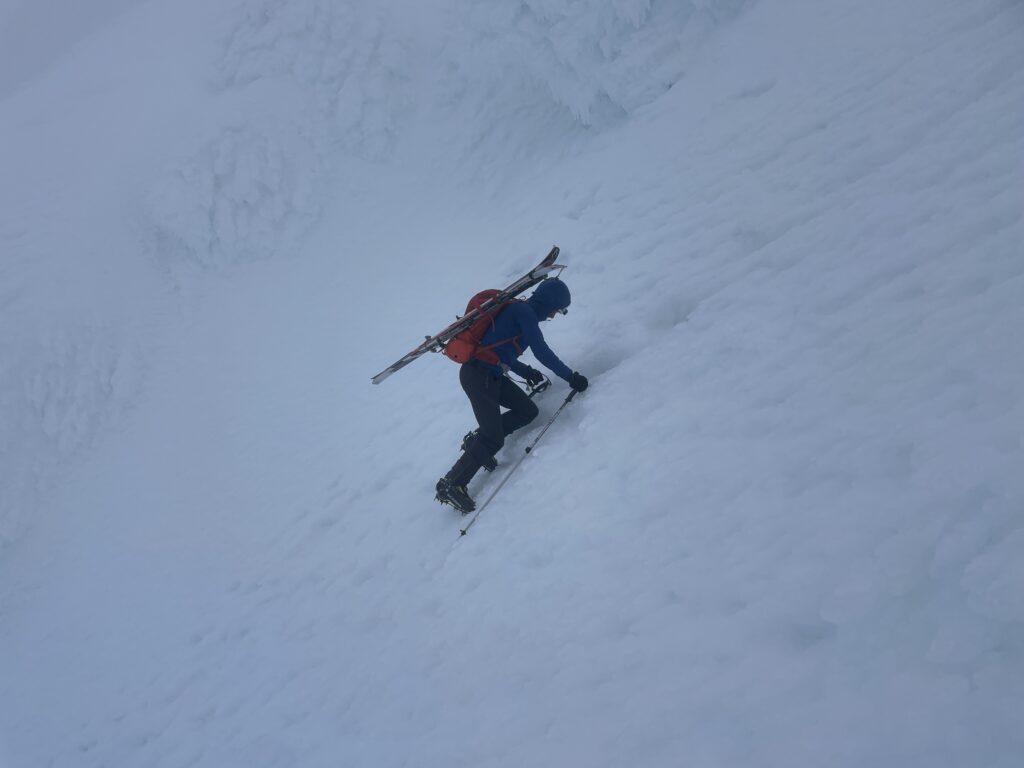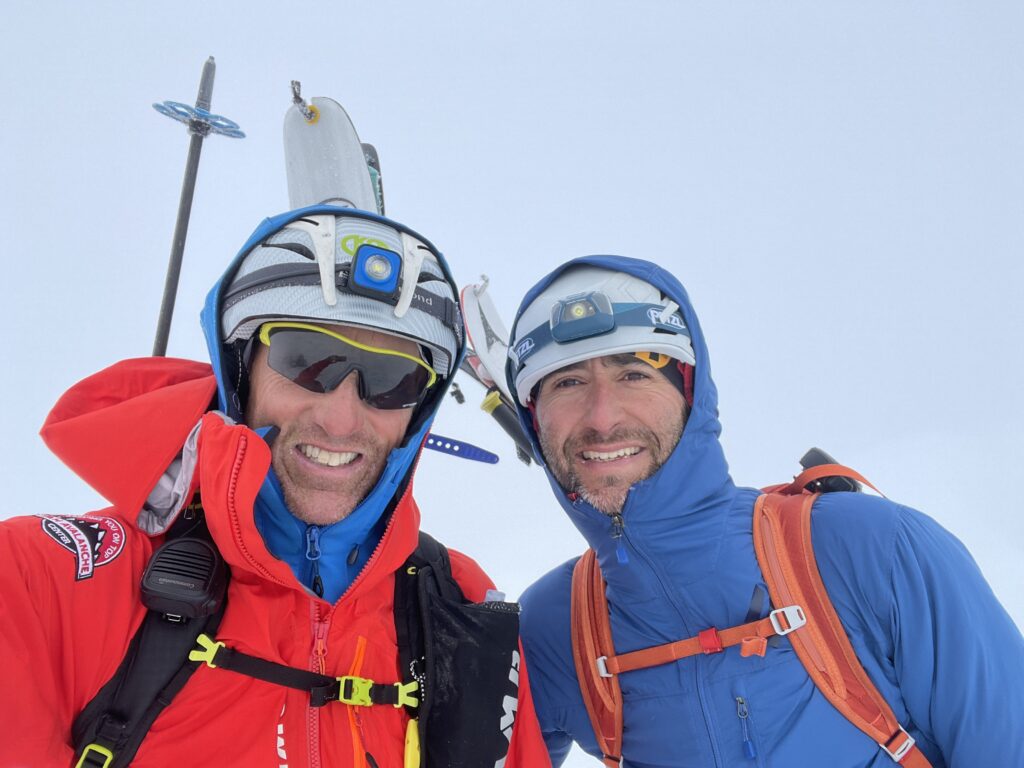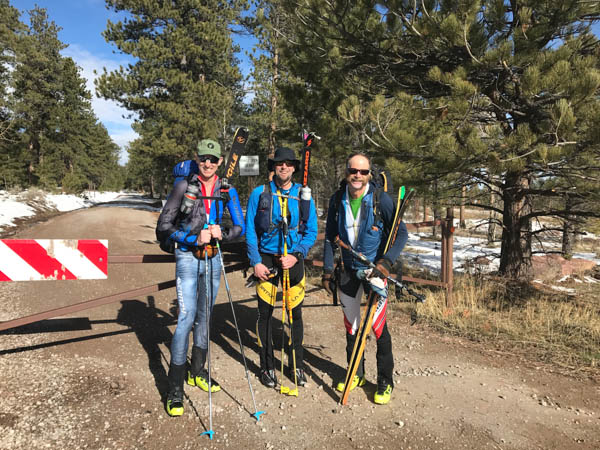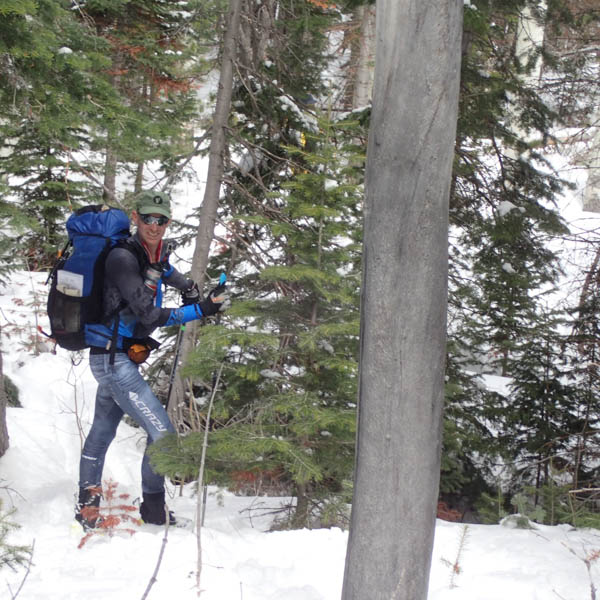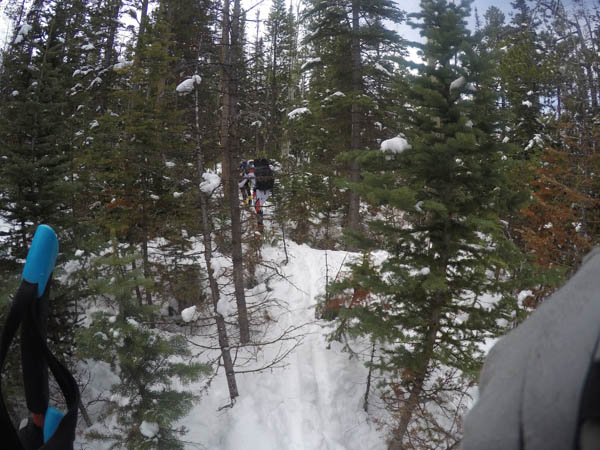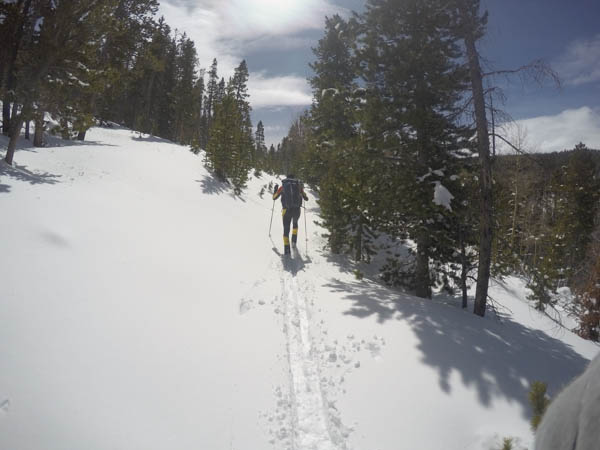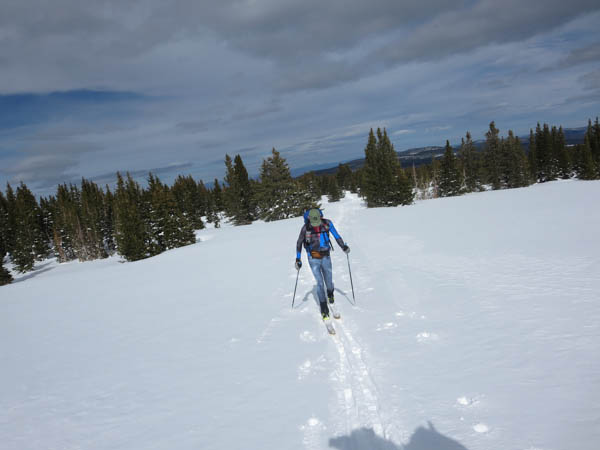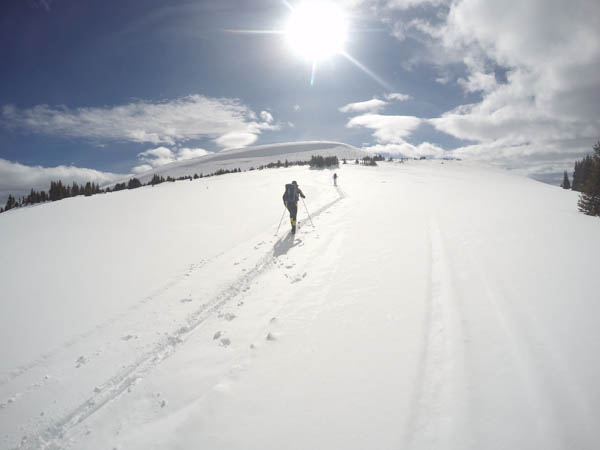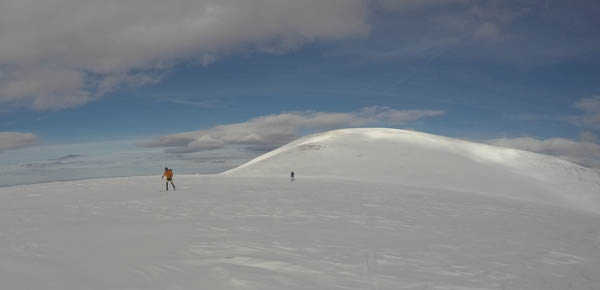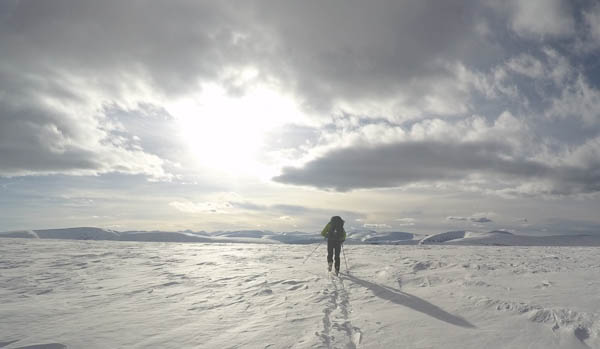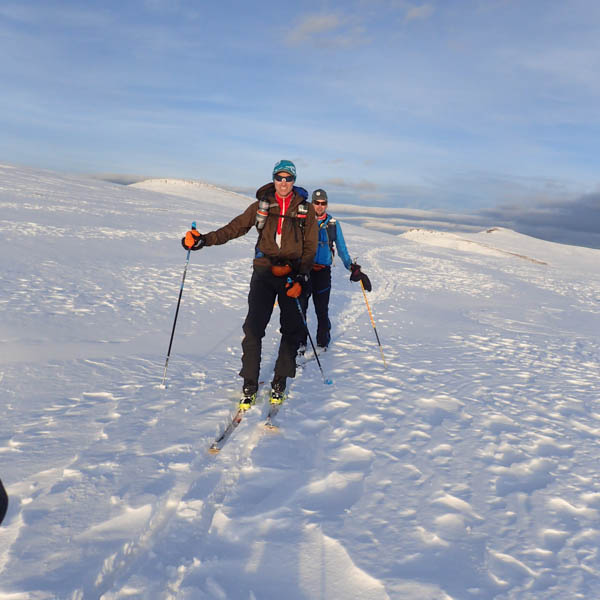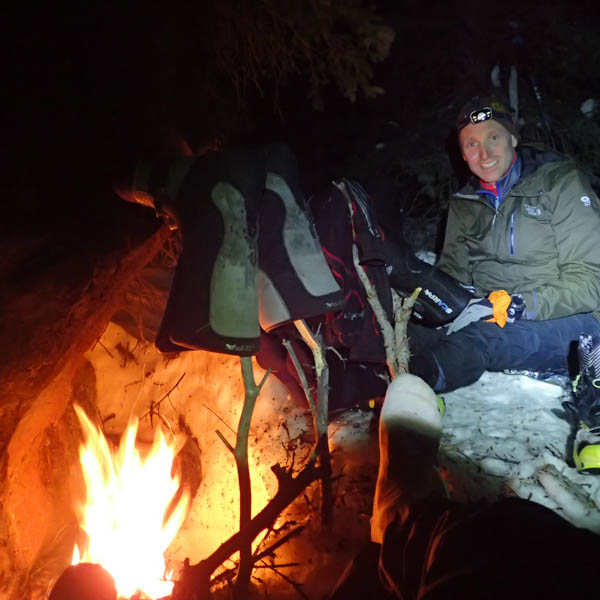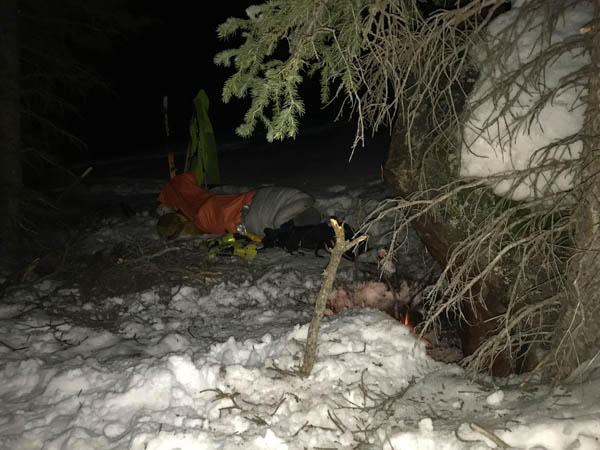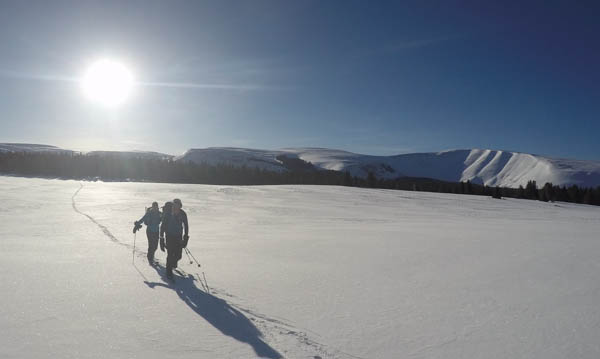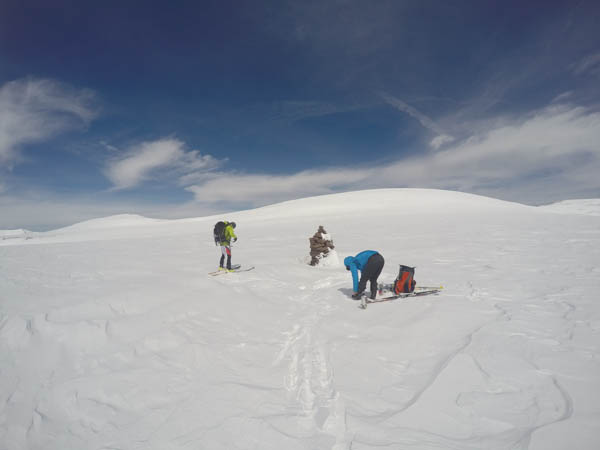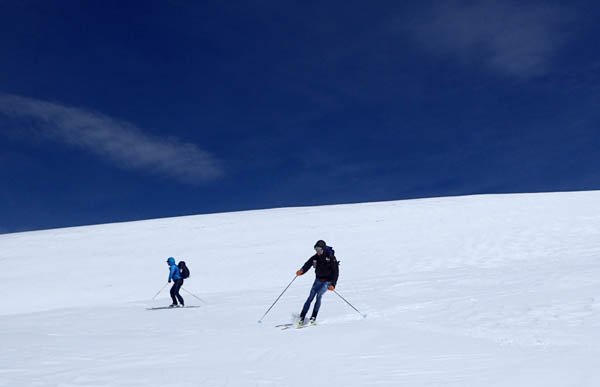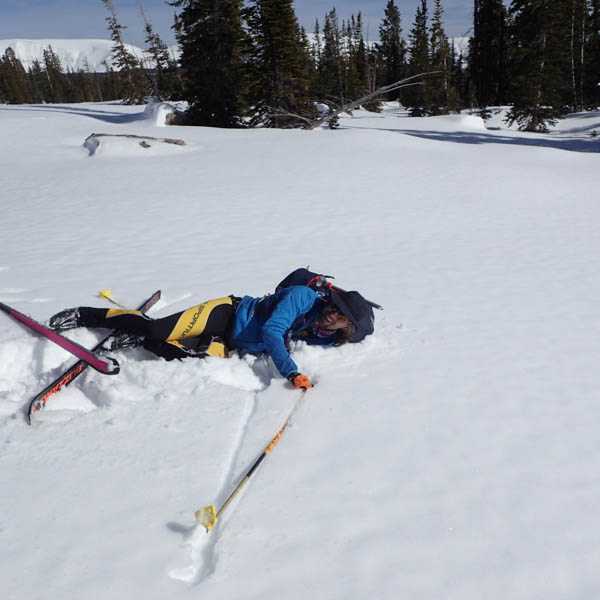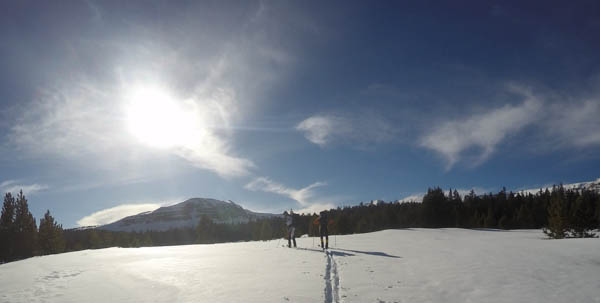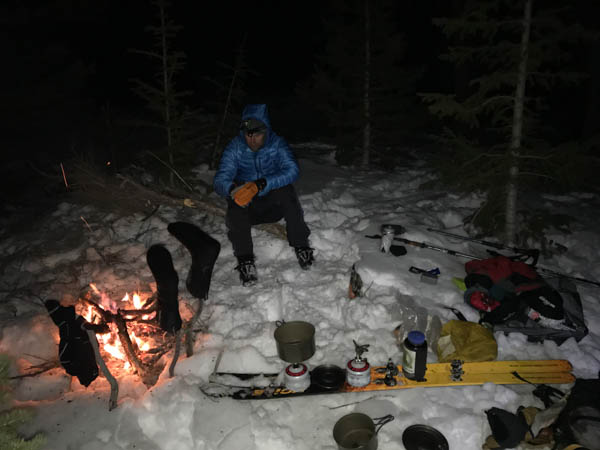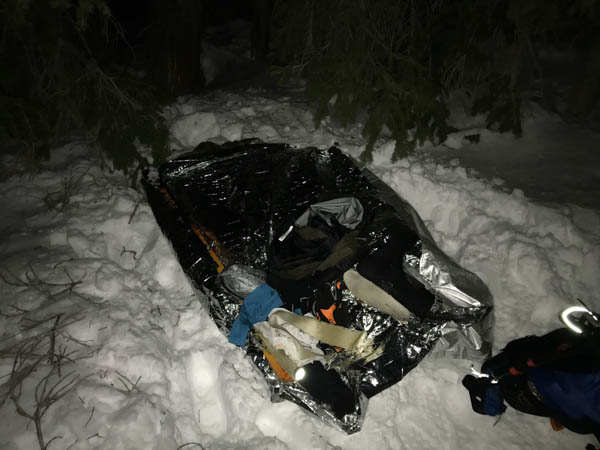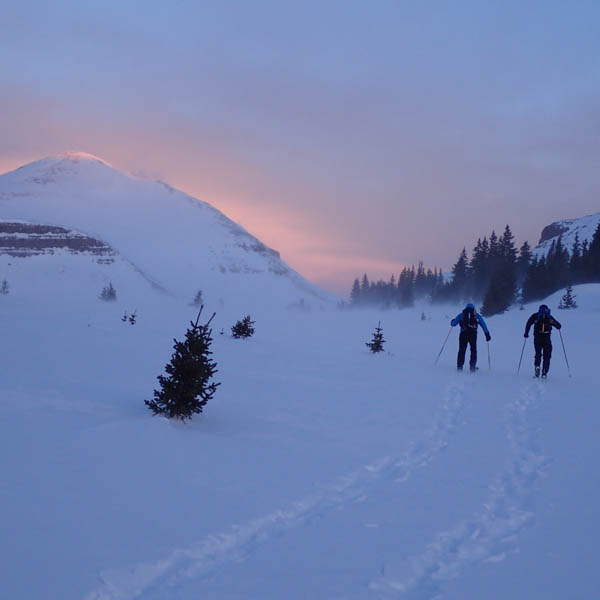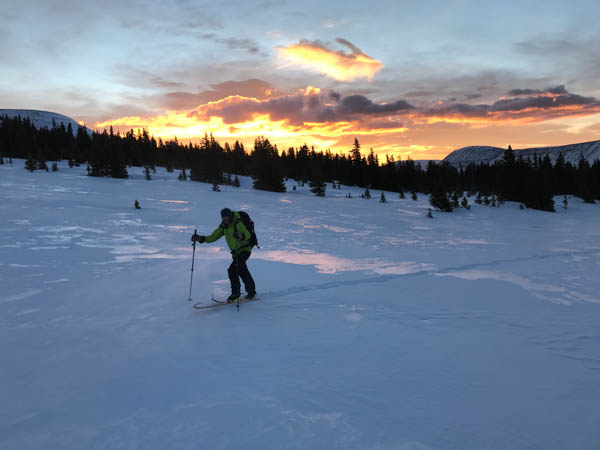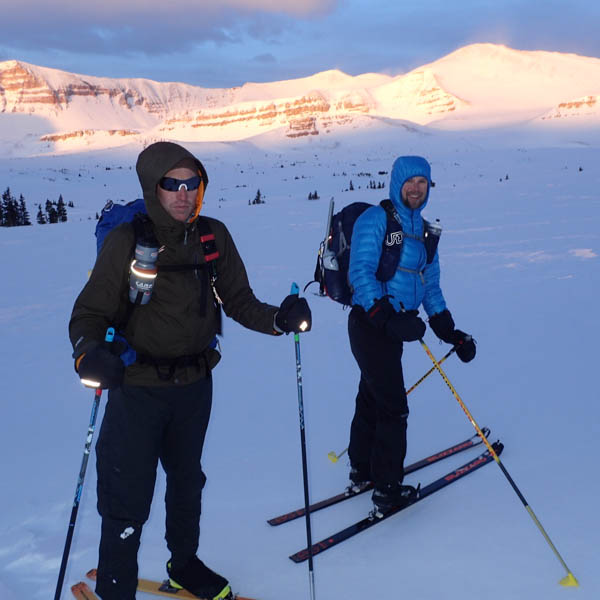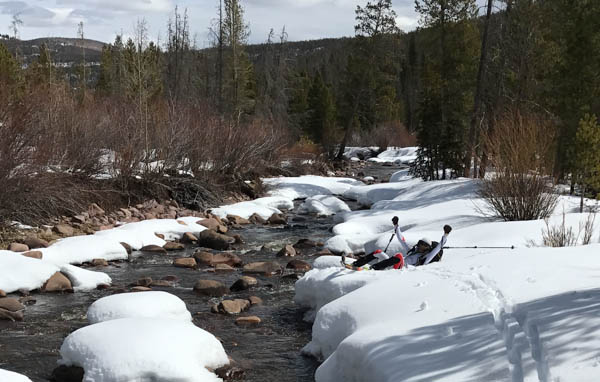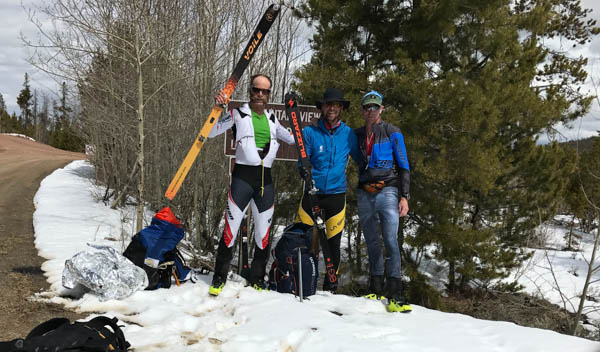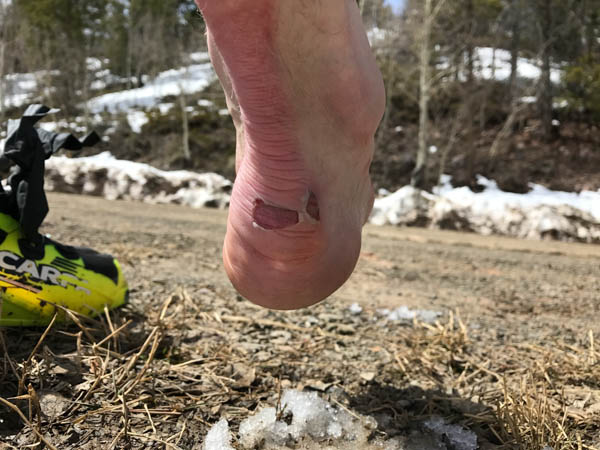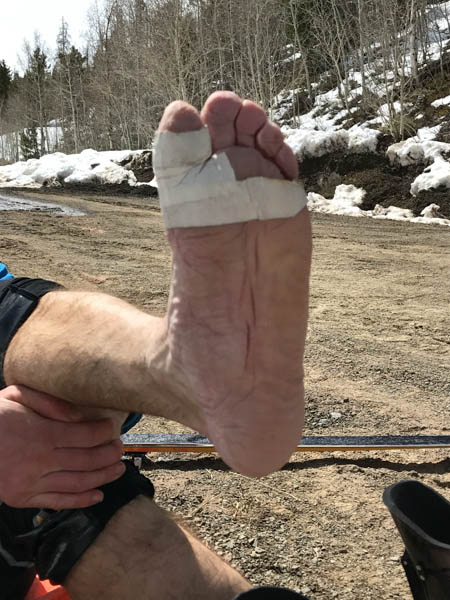Japan is known as the Land of the Rising Sun because it’s one of the first places in the world to see the sunrise. Utah’s license plate claims The Greatest Snow on Earth®, but Hokkaido wouldn’t be known as JaPow if it couldn’t give Utah a run for its money. Add to this the great culture (the onsens are fantastic) and amazing food, and ski trips to Japan can’t be beat.
In 2019, we made our first ski trip to Hokkaido. We only had a week, so we focused on a single area (Furano). At that time, we vowed to come back and spend a month next time.
We started discussing the trip’s timing several years ago to line it up as soon as our work schedules would allow (which meant I needed to be no longer leading the UAC and Emily could get time off or had also ramped down work). As timing came together for this winter, we started putting our plan into action. We knew we wanted to focus on the Furano, Asahikawa, Otaru, and Rusutsu areas. We also knew we wanted to be flexible and chase snow.
The first big decision was hotel rooms or camper van. Talking to people, it was split between recommendations for each. Ultimately, we decided on hotels as we had a long trip and had to spend quite a bit of time working each day. We were tracking daily snow starting in December, and all of a sudden, we were 3 weeks out and needed to come up with a plan. We decided to start the trip in the Otaru area, allowing us easy access to Otaru and the Rusutsu areas. Once in Hokkaido, we would watch the storm tracks and plan the rest of the time trying to hit the best snow. It turns out this wasn’t the easiest plan without a van, as it proved to be really hard to get last-minute hotel reservations as places were fully booked.
With six days of Christmas travel to Emiy’s brother’s in Florida, five days of Powder Keg, and flying out the day after the Powder Keg, it was going to be a very busy three weeks from Dec 24 until we left on Jan 13.
With thankfully uneventful travel from SLC to SEA to HND (Tokyo) to CTS (Sapporo), we were anxious to get on snow. We got to our hotel in Sapporo at 10 PM and by 10 AM the next morning we had picked up the rental car and driven to Kokusai Resort for a lift bump to exit the gates for a day of skiing. We were greeted with exactly what we came for – cold temps and deep snow (and of course howling winds and no visibility).
We spent the first 6 nights in Otaru. It is a city on the coast in the northwestern part of Hokkaido with a cute old town and a canal that runs through the city. It is also known for amazing fresh fish. Hokkaido is known for some of the best uni (sea urchin) in the world. While in the past, neither of us has really liked uni (sea urchin) mostly due to the texture, it was amazing – creamy and a little salty. We took full advantage of Hokkaido’s great seafood, eating seafood (mostly raw) for breakfast and dinner most days. Seafood we generally don’t think of eating raw like scallops and shrimp were part of many meals.
Seven-Eleven (or sometimes Lawson or Family Mart) is a crucial piece of any Japan ski trip. You can find these stores everywhere and they are not what we think of in the US. They have a full selection of rice rolls, bao buns (steamed dough buns stuffed with pork, red bean paste, etc.), sushi rolls, and more as well as post-ski beverages – nothing beats a Highball in a can. Each ski day typically started with a stop at Seven-Eleven to pick up our lunch and snacks for the day in the backcountry.
One part of Japanese culture that we enjoyed and looked forward to again is the onsen experience. Onsens are hot springs and bathing facilities in Japan. There are separate areas for males and females and specific protocols for bathing, soaking in the baths, then bathing again. We had an onsen in each of the hotels we stayed at and also visited a couple of public onsens. The baths ranged from one small bath to multiple baths of different temperatures and inside and outside baths. We looked forward to the onsens at the end of each ski day.
It’s easy to rave about the food and culture, but we were there for skiing. We were in Japan for 26 days, and we skied for 24 of them. We were treated to everything from over-the-head snow to bluebird days allowing us to get high into the alpine. We explored new areas almost every day and returned to a couple of our favorites a few times. While Utah is typically plagued with dangerous avalanche conditions during most of December through early February due to the formation of persistent weak layers in the snowpack, in Hokkaido, it usually doesn’t stop snowing long enough for snow instabilities to develop. This allowed us to enjoy day after day of backcountry skiing with less concern about avalanches than we have in Utah. Our highlights of skiing were Mt Yotei, Asahi-daki, Ariaka-dake, and deep powder skiing with amazing views, rime-crusted trees, and large amounts of snow that hang onto the trees.
After skiing 24 out of 25 days and climbing over 138,000 feet, we reluctantly realized that our final day in Japan would not be skiing.
On our last day, we toured around Sapporo, the largest city in Hokkaido. It was the 75th Annual Snow Festival with hundreds of snow and ice sculptures spread across 3 parks in the city. Some of them were huge (close to 3 stories). We didn’t know enough about Japanese cartoons to understand many of them, but it was easy to appreciate the amount of effort it takes to make them. During the one week festival, 12M people flock to Sapporo to visit these sculptures.

